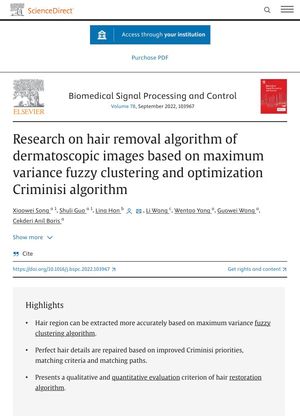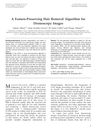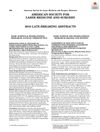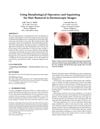Research on Hair Removal Algorithm of Dermatoscopic Images Using Maximum Variance Fuzzy Clustering and Optimized Criminisi Algorithm
July 2022
in “
Biomedical Signal Processing and Control
”

TLDR The new hair removal algorithm for skin images works better for detecting and fixing hair, improving melanoma diagnosis.
The paper presents a novel hair removal algorithm for dermatoscopic images, which is crucial for the automatic segmentation and classification process in diagnosing melanoma. The algorithm uses maximum variance fuzzy clustering for hair extraction and an optimized Criminisi algorithm for hair repair. The study demonstrates that the algorithm improves the accuracy of hair detection by 2-7% and hair repair by 2-5% on average, using the ISIC2019 dataset. The algorithm addresses issues such as the discontinuity and insufficient robustness of the extraction area, the unreasonable priority of traditional hair repair algorithm, weak robustness of repair order, and color deviation caused by too simple selection criterion of sample block in the repair area. The study used 1000 dermatoscopic images containing hair noise, collected from the General Hospital of the People's Liberation Army of China and the ISIC2019 online public dataset.





